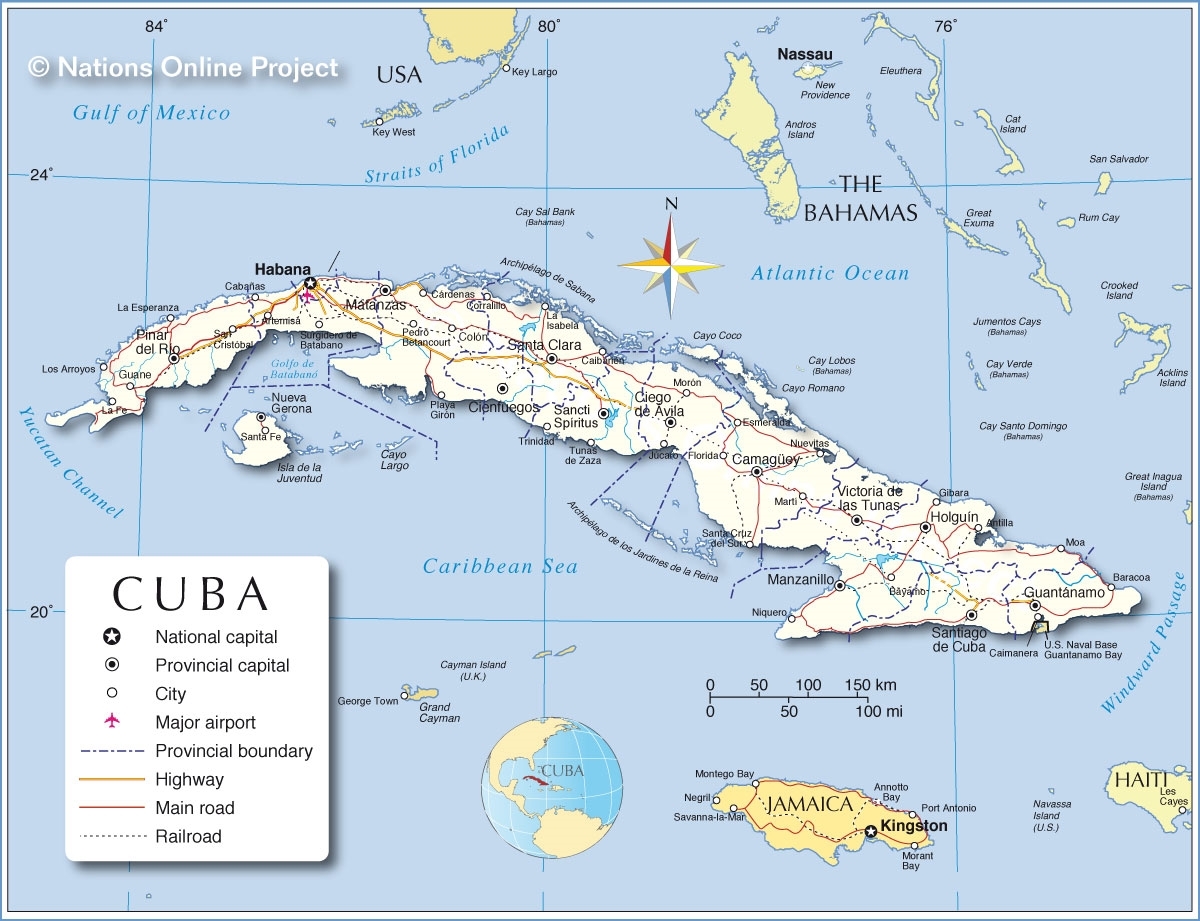In 2022, World Food Program Spent US$16,335,744.00 In Cuba. WFP Report Highlights Issues For Women In Agricultural Workplace- “…a lack of women's empowerment persists in Cuba”
/In 2022, World Food Program Spent US$16,335,744.00 In Cuba. WFP 54-Page Annual Report Highlights Issues For Women In The Agricultural Workplace- “…a lack of women's empowerment persists in Cuba”
“… the country's high dependence on imports and limited access to foreign currencies significantly reduced the availability of domestic and imported food commodities. Moreover, the monetary reform initiated in 2021 reduced food subsidies, pushing inflation higher than forecasted (40 percent from October 2021 to October 2022 [3]) and deepening the dual-currency inequality gap, which led to higher prices of basic goods and services and impacted households’ vulnerability to food insecurity. As a result, the country experienced food shortages, including main cereals (wheat flour, rice, and corn), beans, vegetables, dairy products and meat (beef and pork) [4].”
“… Cuba is one of the Caribbean countries most exposed to hurricanes, droughts and unseasonal rains. These shocks are expected to become more frequent and severe due to the effects of climate change. Rising sea levels, increase in temperature and decrease in precipitation affect agriculture, forestry and tourism, pillars of the national economy. In the aftermath of Hurricane Ian in September 2022, WFP implemented a 2-month food assistance plan to reach shock-affected populations in the provinces of Pinar del Río, Artemisa, Mayabeque and the municipality of Isla de la Juventud.”
“The impact of ongoing monetary reform that started in January 2021 was another risk monitored by WFP. This reform, called Tarea Ordenamiento, has not yet achieved the desired results. Therefore, the shortage of basic products and the increase in global food prices contributed to national inflation. WFP will continue to monitor the effects of the reform, especially on the food security of lower-income households.”
“Cuba ranked 73rd in the Gender Inequality Index out of 170 countries in 2021 [1]. Despite progress, gender inequality and a lack of women's empowerment persists in Cuba, especially in rural areas where women account for 46 percent of the population but only 17 percent of employees in agriculture [2]. Despite national efforts, including a gender strategy for the agriculture system launched in 2016, only 13 percent of members of agricultural cooperatives are women. The persistence of male-centred agricultural systems, patriarchy and gender stereotypes limit women's access to resources, land ownership and decision-making. For example, only 28 percent of management positions in rural areas are performed by women [3]. In general, the presence of women in the agricultural sector is characterized by the limited role of users [4] (36 percent) or landowners (16 percent). Also, there are few incentives for young people to participate in agriculture and their employment in the sector is limited (15 percent). This context has negative effects on the sustainability of food systems.”


